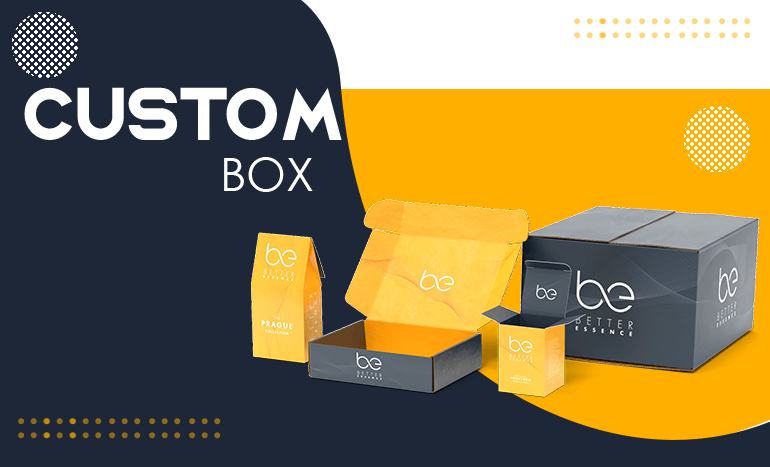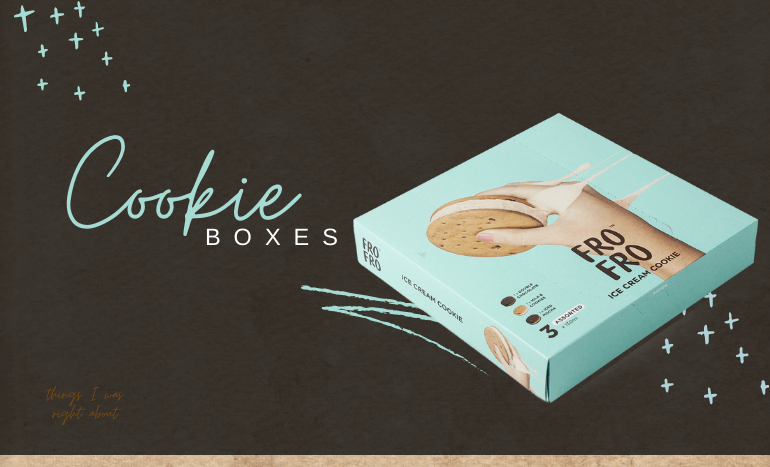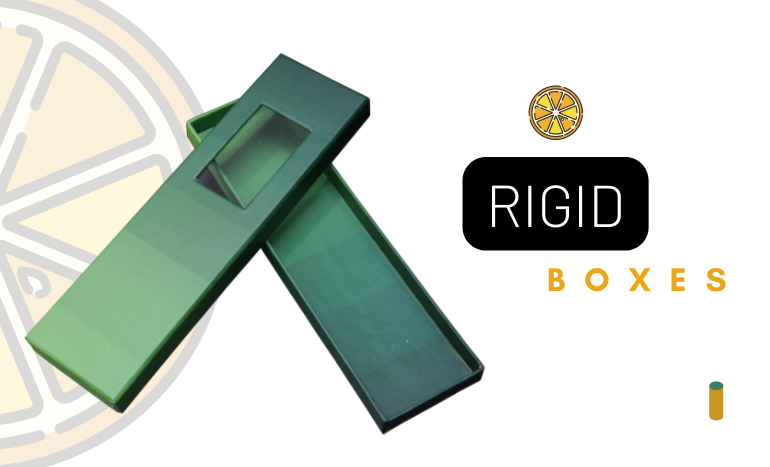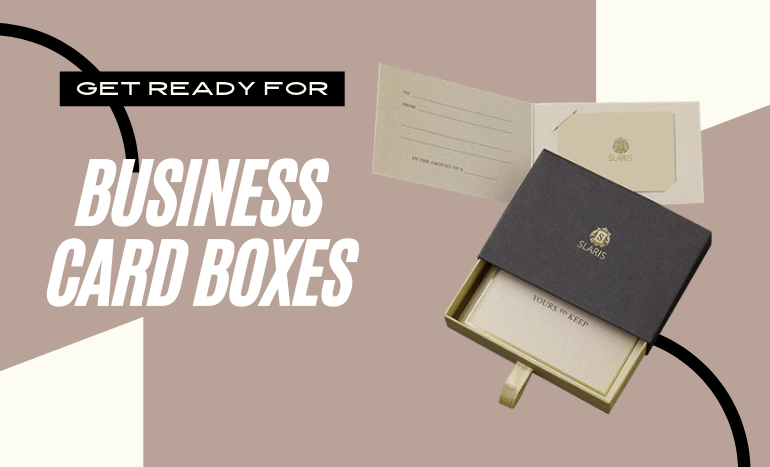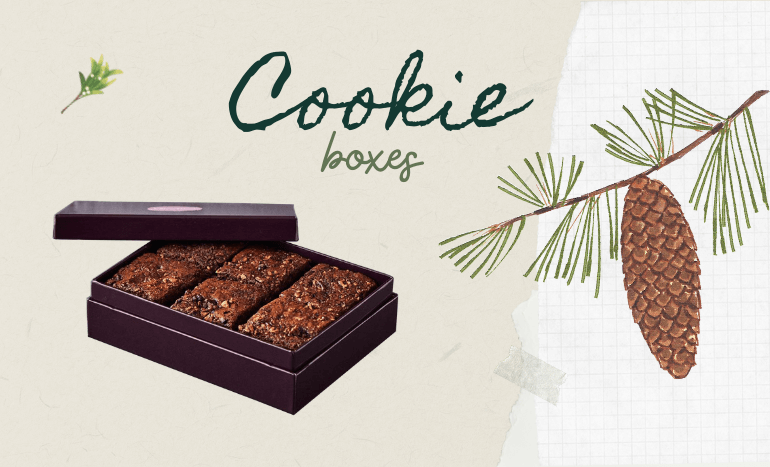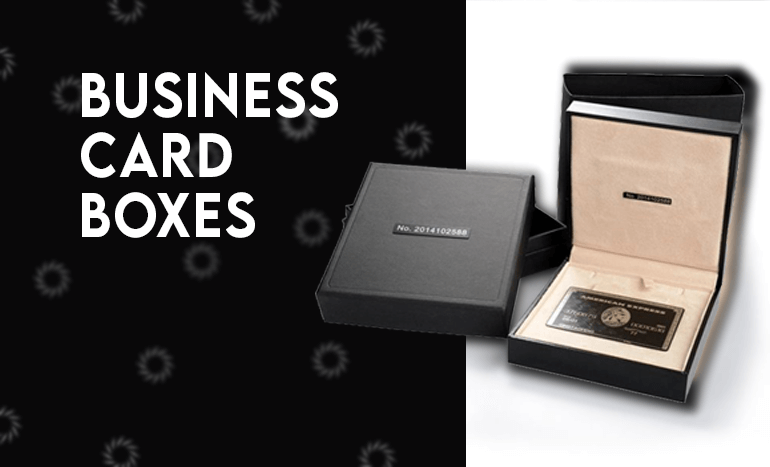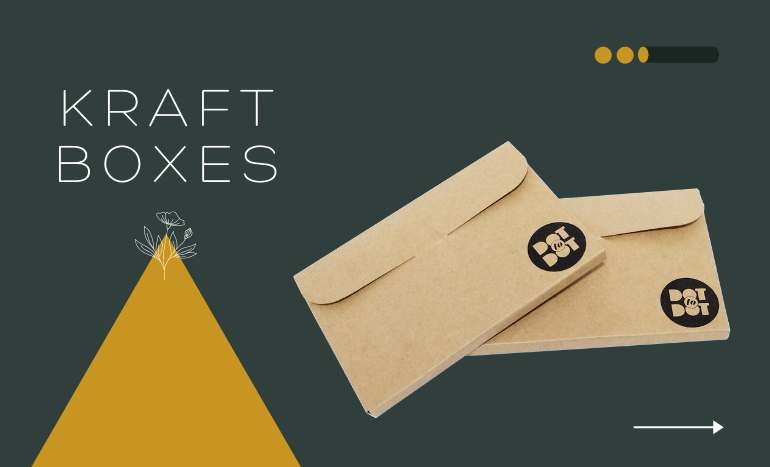What is Window Patching? Understanding the Window Patching Process in Printing & Packaging
During your most recent visit to a bakery, you likely observed that the boxes used to package the delectable treats had a convenient opening on the top, allowing a clear view of the sweet delights inside the box, even before you indulged in opening it.
If your product relies heavily on its visual appeal, window patching could be an ideal solution for you.
So, what exactly is window patching? How does the process of incorporating window patching into custom packaging take place?
What is Window Patching?
Window patching is a printing technique that involves applying a thin plastic film to a die-cut window in the packaging. This window allows customers to catch a glimpse of the products enclosed inside the package without needing to open it. Incorporating a film patch increases the product’s visibility, making it an excellent choice for packaging baked goods, toys, and snacks.
Although window patching is commonly used in packaging items such as toys and snacks, it can be used for any product. This feature can also effectively highlight luxury products’ exceptional quality and craftsmanship in higher-end packaging.
When considering how to present your product to consumers, incorporating window patching into your retail packaging is among the various choices you’ll need to make.
PET and PVC: Common Types of Window Patching Films
The two most commonly used film types in window patching are polyethene terephthalate (PET) and polyvinyl chloride (PVC).
PET film is shaped into the desired style and dried, providing enhanced protection. It is highly resistant to tampering and offers excellent safeguarding against regular handling. Although PET film is lightweight and susceptible to scratching, it effectively withstands external pressure while ensuring the protection of the enclosed product. It is ideal for retail and consumer-facing products, particularly in the food industry.
On the other hand, PVC film is even more resilient against scuffs, wear, and tear. It exhibits good resistance to moisture and performs well under varying weather conditions. However, exposure to UV rays can cause degradation and discolouration of PVC film. Additionally, it may emit an odour and develop rippling within the packaging. Due to these factors, PVC film is not recommended for packaging food or snacks, but it is a suitable option for products that require added protection against heavy or frequent handling.
What Other Kinds of Window Patching Films Are There?
PET and PVC film are not the exclusive options for window patching films. Alternative films better suit your needs depending on your specific product and custom window box requirements. Here are some examples:
- Polyolefin: This film is well-suited for boxed goods and an excellent shrink film option.
- Polyethene: Best suited for frozen foods, polyethene film offers optimal performance in preserving the quality of these products.
- Glassine: Specifically designed for products with high grease content, glassine film provides an effective barrier and protection.
- Polypropylene: Ideal for baked goods and candy packaged in bakery boxes with a window, polypropylene film offers suitable visibility and protection.
- Laminated foil: Laminated foil film provides enhanced preservation and safeguarding, particularly suitable for products that are sensitive to air or light.
Two Types of Windows: Rigid vs Flexible Windows
Cellophane window packaging, also known as windowing, has become increasingly popular and effectively makes your product stand out from competitors. These windows allow customers to see your product in its true form before they even open the packaging, leaving nothing to hide. This transparency helps establish credibility and trust in your brand and contributes to an engaging user experience.
Cellophane windows are commonly used in the food and beverage industry but are also prevalent in cosmetics and retail products. Recall the last product you purchased with a small window allowing you to glimpse its luxurious or delicious contents. It immediately conveyed a sense of quality.
When it comes to cellophane windows, there are two options to choose from: rigid windows and flexible windows. Flexible windows, made from polyester film, are the more affordable option. Additionally, this film type is eco-friendly and recyclable. Due to its flexibility, it is particularly best for packages with unconventional shapes or curves.
Furthermore, this type of cellophane packaging is approved for food contact, meeting the rigorous standards set by top food safety organizations. Despite being cost-effective, flexible windows offer various advantages.
On the other hand, rigid windows are typically crafted from hard plastic resin and are commonly used for high-end or luxury products. They are also frequently present in pharmaceutical and certain cosmetic products.
Rigid windows are particularly beneficial for larger packages that require a wide window area. They offer superior protection and excellent means to showcase your product, providing crystal-clear visibility. Compared to other forms of window box patching, rigid windows offer greater strength, ensuring enhanced safeguarding for your product.
The Window Patching Process
The window patching process relies on a specialized machine designed specifically for this purpose. This machine utilizes a reel with a particular type of plastic films, such as PET or PVC, to apply windows onto the product packaging. By utilizing electromagnetic energy, the product swiftly passes through the reel, and the film adheres to the packaging material.
Typically, the plastic film instantly adheres to the material without requiring any drying time. It significantly accelerates the process, as the package becomes ready as soon as it completes its run through the window patching machine.
Considerations For Choosing the Right Type of Window Box Patching
To facilitate your decision-making process regarding the appropriate type of window patching, it’s important to consider a few key factors. Here are some tips to assist you in making a well-informed choice:
- Window Size
When determining the size of the window you desire for your packaging, it’s crucial to consider the trade-off between size and durability. Larger windows are more susceptible to breakage, scratches, and tears, thus requiring a stronger film to ensure sufficient protection. On the other hand, smaller windows may be better for thinner films. Additionally, during the box design phase, it is important to allocate adequate space to accommodate the glueing or pressing of the film into the packaging material.
- Strength and Sturdiness Levels
Luxury products such as pharmaceuticals and cosmetics demand higher stiffness and durability to ensure proper protection while offering impeccable clarity to showcase the product. These items often feature high gloss lamination to enhance the visual appeal and captivate the user’s attention.
High-end products require excellent tensile strength to prevent tearing or breakage during shipping. The emphasis on structural integrity results in a slower production process, increasing the manufacturing costs associated with the packaging.
- Exposure to the Elements
When considering the packaging film for your product, it is crucial to consider the potential exposure to various elements such as heat, moisture, or freezing temperatures. The chosen film should possess the necessary stability to withstand these conditions effectively.
For instance, when packaging baked goods, they may still be warm, resulting in a steamy and high-moisture environment. To preserve the integrity of the product, they might be flash-frozen. Inadequate packaging in such scenarios could lead to disastrous outcomes, highlighting the importance of relying on packaging experts to ensure optimal results.
To explore additional options for print finishing, it is worth exploring techniques such as spot UV, soft-touch coating, lamination, and varnish, which can contribute to the customization and enhancement of your custom packaging.



